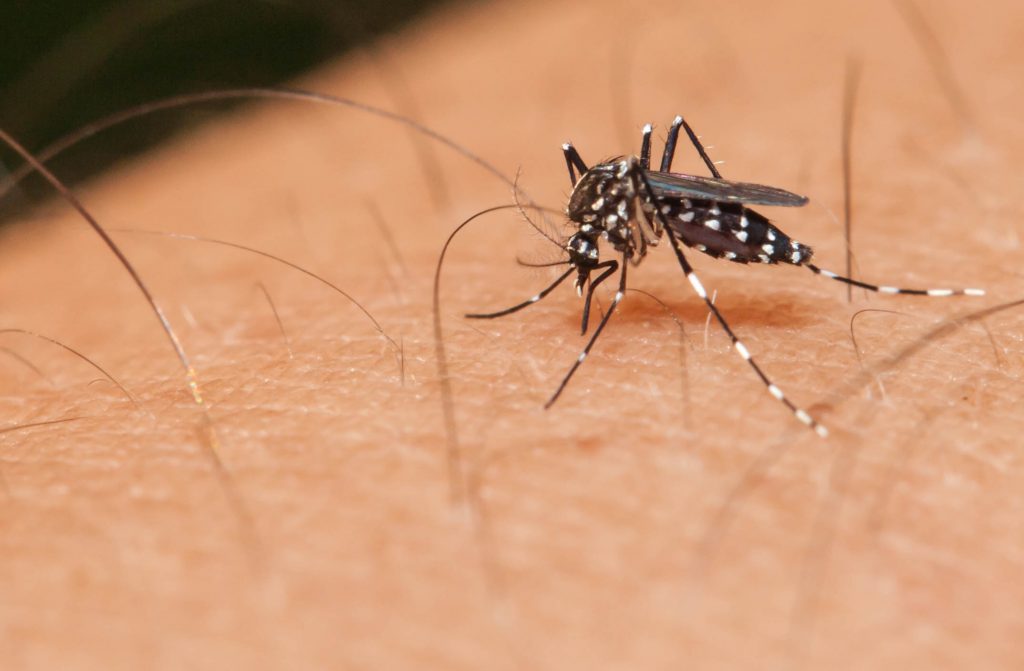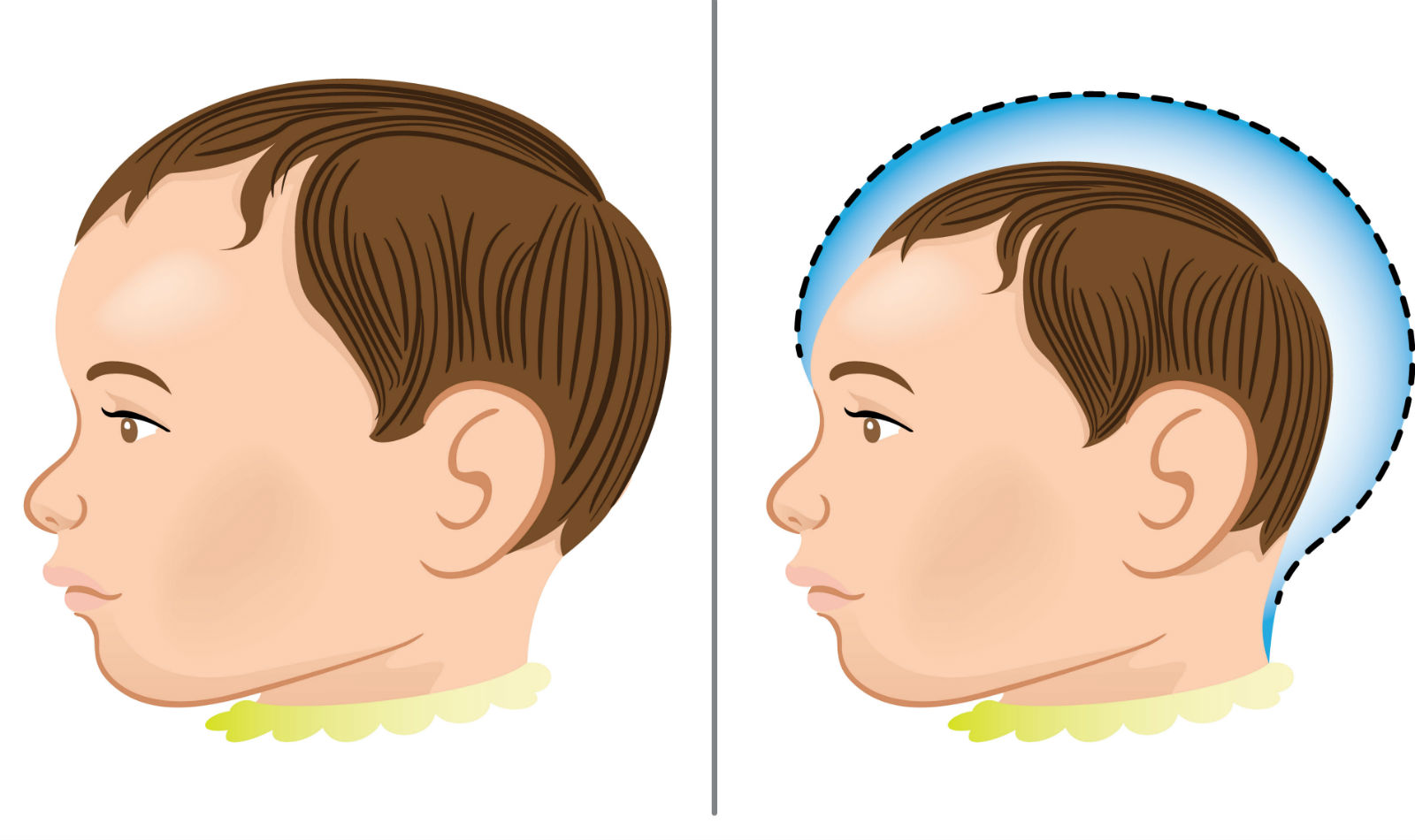RIO DE JANEIRO, BRAZIL – A study, published this week in the scientific journal Nature Medicine, reported two cases of babies, born with microcephaly associated with their mothers’ exposure to zika virus during pregnancy, who presented healthy brain development after delivery.

The research, developed in partnership with the Fernandes Figueira Institute of the Oswaldo Cruz Foundation (IFF/Fiocruz) and the University of California, in the United States, was published as an article entitled “Delayed child neurodevelopment and sensorineural changes in the second year of life of a group of children exposed to Zika virus”.
One of the authors of the study, pediatrician Maria Elizabeth Moreira, IFF/Fiocruz researcher, explains that 216 pregnant women who showed symptoms of zika virus in 2016, when Rio de Janeiro had an outbreak of the disease, were monitored.
“The children have been followed since the mother’s exposure to zika, mothers who had symptoms of skin rash and fever. They underwent the PCR test, which diagnoses the pathology in the adult phase of the disease. These mothers have been followed since pregnancy, from the birth of their babies and their development until the third year of life, which is now coming up.”
Research
According to the researcher, the microcephaly associated with zika results from the destruction of the cerebral parenchyma, that is, the brain mass. “That’s why the bone plate, which defines the size of the cephalic perimeter, collapses and the head becomes small,” she explains. Among the 216 mothers who entered the study group, eight delivered children with microcephaly.

According to Elizabeth Moreira, the two babies who recovered after birth did not show the destruction of the cerebral parenchyma, that is, they were less severe cases of the disease.
“One of the babies was tiny, had a small cephalic perimeter, low weight, and short length because there was placental insufficiency and the baby had an intrauterine growth restriction. When the baby is born and begins to receive adequate nutrients and stimulation, the cephalic perimeter grows back, because he had no destruction of the parenchyma, he only had a tiny head and was tiny”, she said.
The second baby was born with a closed fontanel, a pathology known as craniosynostosis, but with a healthy brain. “We know that the child’s brain grows to about three years of age, so the fontanel is open at birth. If it closes ahead of time, it’ll stop the brain from growing below. So this baby needed to undergo surgery to free the growth of the brain, and that’s what happened. The baby had surgery, the bone plate was opened and the brain, which was normal underneath, grew at a normal rate again,” explains Elizabeth Moreira.
The research also showed that 31.5 percent of cases (68 children) had adverse effects on neurological development between seven and 32 months of age. Except for those affected by changes in cerebral parenchyma, out of 49 children exhibiting post-birth abnormalities, 24 of them, or 49 percent, presented regular assessments in their second and third year of life. Eye complications were detected in nine out of 137 children who had the test and hearing difficulties occurred in thirteen out of 114 children evaluated.
Monitoring
According to the researcher, the results of the study show the significance of early neurological tracking of all babies, even those who do not exhibit microcephaly.
“The big question raised by this study is that babies without microcephaly may also present developmental delay; thirty percent of them may present this. Moreover, the diagnosis needs to be made in time to be able to do some early stimulation to minimize problems related to developmental delay. So these babies need to be monitored periodically, through developmental testing, so that one can refer them to stimulation at an early stage,” she said.
IFF/Fiocruz currently monitors a total of 87 children with microcephaly associated with problems such as toxoplasmosis, cytomegalovirus, and genetic issues, besides the zika virus.

